-
tel : +8618150976625
-
E-mail : Hello@MicrofiberLeather.com
tel : +8618150976625
E-mail : Hello@MicrofiberLeather.com
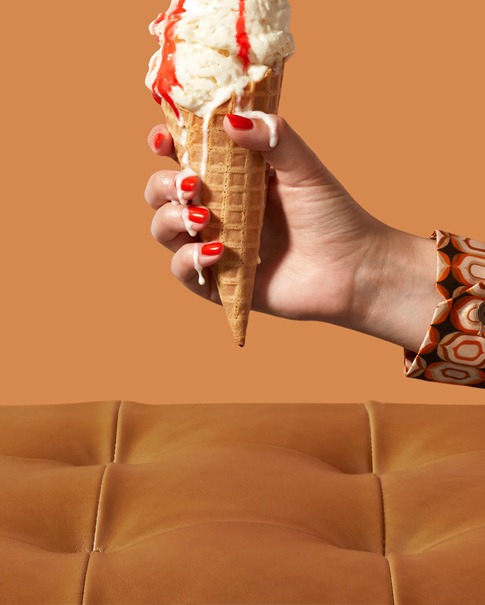
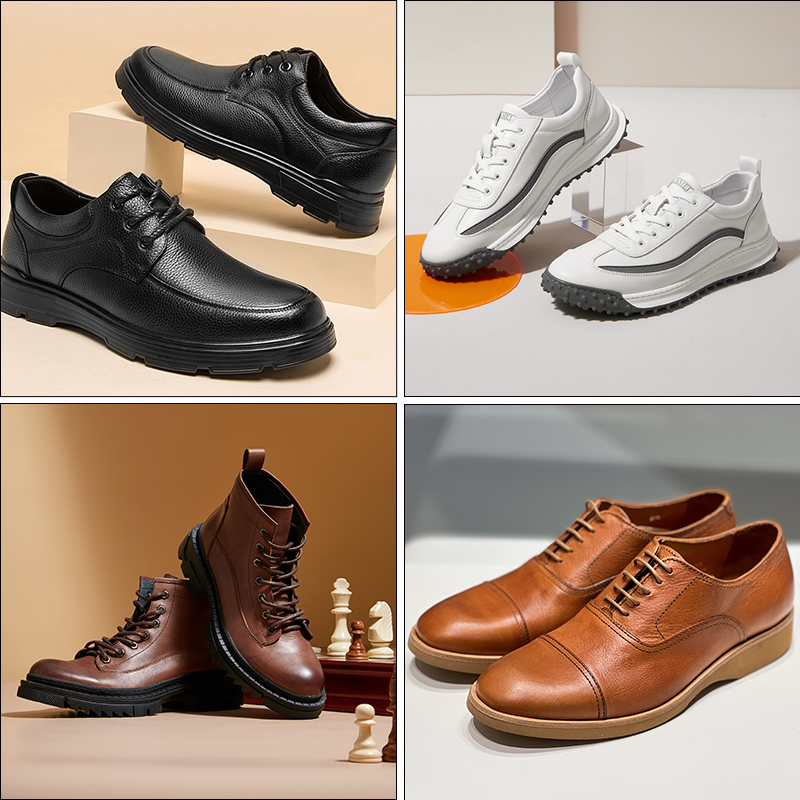
Spesso mi viene chiesto se Scarpe in materiale PU Un investimento intelligente. Nella mia esperienza, offrono un ottimo rapporto qualità-prezzo per chi ha un budget limitato e offrono uno stile accattivante senza utilizzare prodotti di origine animale. D'altro canto, ho notato che a volte mancano di traspirabilità e potrebbero non durare quanto la vera pelle. Valuto questi fattori quando scelgo il paio giusto per le mie esigenze.
Pelle PU le scarpe hanno un prezzo accessibile, il che le rende un'ottima scelta per gli acquirenti attenti al budget.
Queste scarpe offrono un look elegante e sono disponibili in vari modelli, perfetti per un abbigliamento casual.
Pelle PU è rispettoso degli animali e rappresenta un'alternativa cruelty-free alla pelle tradizionale.
Mentre le scarpe in PU sono leggero e facile da pulire, potrebbero non essere traspiranti e resistenti nel tempo.
Valuta attentamente le tue esigenze: la pelle PU è adatta per un uso leggero, ma potrebbe non essere adatta per attività più impegnative.
Quando cerco scarpe che bilancino qualità e prezzo, spesso mi rivolgo a pelle PUL'industria calzaturiera utilizza entrambi Poliuretani MDI e TDI Nelle scarpe sintetiche. L'MDI conferisce alle scarpe una durata impressionante, mentre il TDI aggiunge flessibilità e comfort, soprattutto nelle solette. Queste caratteristiche aiutano a mantenere basso il costo delle scarpe in pelle PU senza sacrificare le prestazioni. Ho notato che molti acquirenti attenti al prezzo Confronta le opzioni sintetiche tra i vari marchi, soprattutto online. L'e-commerce facilita la ricerca di offerte e promozioni, il che aumenta ulteriormente l'appeal della pelle sintetica per gli acquirenti attenti al budget. La convenienza delle scarpe sintetiche salta all'occhio, soprattutto quando confronto la pelle sintetica con... Ecopelle e vera pelle.
Apprezzo la leggerezza delle scarpe sintetiche realizzate in pelle PU. La resina poliuretanica, il componente principale di queste scarpe, offre entrambe le cose. durata e flessibilitàQuesta combinazione fa sì che le mie scarpe durino più a lungo e si adattino ai movimenti del mio piede. Ho scoperto che le formulazioni specializzate di PU offrono un'ammortizzazione extra, che sostiene i miei piedi durante le lunghe giornate. La flessibilità dei materiali sintetici consente una migliore mobilità, rendendo le scarpe in PU comode per l'uso quotidiano. Confrontando la pelle PU con l'ecopelle, noto che entrambe offrono un comfort simile, ma il PU spesso offre un maggiore supporto nel tempo.
Lo stile è importante per me e le scarpe sintetiche in pelle PU offrono un'ampia gamma di opzioni alla moda. I produttori possono facilmente modellare la pelle PU in diverse forme, texture e colori. Questa versatilità mi permette di scegliere tra design alla moda che imitano l'aspetto della vera pelle. Distinguere tra vera pelle pelle e pu La pelle può essere un problema perché le moderne scarpe sintetiche hanno un aspetto molto convincente. Vedo spesso scarpe in similpelle sia in stile classico che audace, il che le rende facili da abbinare al mio guardaroba. La finitura sintetica resiste anche allo sbiadimento, quindi le mie scarpe mantengono il loro aspetto fresco più a lungo.
Uno dei motivi per cui preferisco la pelle PU per l'uso quotidiano è la sua resistenza all'acqua e all'olio. I test di laboratorio dimostrano che le scarpe sintetiche realizzate in PU superano rigorosi standard per penetrazione dell'acqua, assorbimento e flessibilitàEcco una rapida panoramica delle prestazioni della pelle PU in questi test:
Nome del test | Scopo | Buon risultato |
|---|---|---|
Penetrazione e assorbimento dell'acqua | Misurare l'ingresso e l'assorbimento dell'acqua | Tempo di penetrazione ≥ 60 min, Assorbimento ≤ 15% |
Impermeabilità dinamica (test di flessione) | Resistenza all'acqua durante la flessione | ≥ 20.000 flessioni = Buono, ≥ 50.000 = Eccellente |
Prova di pressione idrostatica | Resistenza alla pressione dell'acqua prima della perdita | ≥ 5.000 mmH₂O = Impermeabile, ≥ 10.000 = Altamente |
Assorbimento e desorbimento dell'acqua | Velocità di assorbimento e rilascio | Assorbimento ≤ 15%, Desorbimento ≥ 60% |
Resistenza alla flessione (senza acqua) | Flessibilità e resistenza alle crepe | Nessuna crepa dopo 50.000-100.000 cicli |
Test delle gocce d'acqua / rilevamento di macchie d'acqua | Resistenza superficiale alle macchie d'acqua | Nessun anello visibile o cambiamento di colore dopo l'asciugatura |
Ho scoperto che le scarpe sintetiche con pelle PU mantengono i miei piedi asciutti in condizioni di bagnato e resistono alle macchie d'olio, il che le rende pratiche in caso di condizioni meteorologiche imprevedibili.
Apprezzo le scarpe facili da pulire e le scarpe in similpelle sintetica soddisfano perfettamente questa esigenza. A differenza della vera pelle, che richiede un'attenta manutenzione dopo le cadute, la pelle sintetica può essere pulita semplicemente passandola. Questo rende le scarpe sintetiche ideali per l'uso all'aperto e meno stressanti durante le giornate di pioggia. Ho notato che distinguere tra vera pelle e pelle sintetica diventa più facile quando vedo quanto sia semplice la manutenzione delle scarpe sintetiche. Una rapida passata rimuove la maggior parte delle macchie, mentre la vera pelle richiede un trattamento speciale per evitare danni. Questa caratteristica di facile manutenzione mi fa risparmiare tempo e fatica.
Come persona attenta al benessere degli animali, apprezzo il fatto che la pelle PU offra un'alternativa cruelty-free alla pelle tradizionale. L'ascesa di consumismo eco-compatibile ed etico Ha cambiato il mio modo di acquistare scarpe. Molti marchi ora utilizzano materiali sintetici per creare calzature eleganti e di alta qualità a costi inferiori. Noto che i marchi di fast fashion utilizzano la pelle sintetica per soddisfare la domanda di opzioni accessibili e cruelty-free. I consumatori più giovani, me compreso, spesso preferiscono prodotti ecocompatibili e rispettosi degli animali. Anche la trasparenza nella produzione e l'etichettatura ecologica influenzano le mie scelte, rendendo le scarpe sintetiche con pelle sintetica una scelta eccellente per la moda etica.
La durata è un fattore chiave per me quando scelgo le scarpe. La pelle sintetica PU si distingue per la sua resistenza all'usura e tenacità impressionantiEcco una tabella che evidenzia i punti di forza tecnici del PU nelle calzature:
Proprietà | Contributo alla resistenza all'usura e alla durata |
|---|---|
Buona resistenza all'usura | Superiore alla gomma comune, solitamente 3-5 volte migliore, il che la rende ideale per la resistenza all'usura e l'assorbimento degli urti. |
Eccellenti proprietà meccaniche | L'elevata resistenza e tenacità gli consentono di resistere a grandi forze esterne e urti. |
Elevata elasticità | Mantiene un'elevata elasticità in un'ampia gamma di durezze, consentendogli di riprendersi rapidamente dallo stress. |
Buona stabilità chimica | Resiste all'erosione causata da acidi, alcali e altre sostanze chimiche, mantenendo prestazioni stabili in ambienti difficili. |
Resistenza all'olio e all'invecchiamento | Si comporta bene a contatto con oli e sostanze chimiche, con una migliore resistenza all'invecchiamento rispetto alla gomma naturale. |
Resistenza superiore alle alte e basse temperature | Può resistere a temperature da -50 °C a 120 °C, mantenendo flessibilità ed elasticità anche in condizioni estreme. |
Ho scoperto che le scarpe sintetiche in pelle PU durano più a lungo di molte altre opzioni sintetiche. La loro resistenza all'usura, agli agenti chimici e alle temperature estreme le rende adatte a diversi ambienti. La durevolezza della pelle PU garantisce che le mie scarpe rimangano in buone condizioni, anche con un uso frequente.
Mancia: Se desideri scarpe che uniscano stile, comfort e rispetto dell'ambiente, le scarpe in pelle sintetica PU rappresentano una soluzione intelligente per l'uso quotidiano.
Quando indosso scarpe fatte di pelle PU, ho notato che spesso risultano più rigidi rispetto a quelli realizzati con altri materiali. Questa rigidità deriva dal elevata resistenza e durata del poliuretanoSebbene queste qualità contribuiscano a far durare le scarpe più a lungo, limitano anche la flessibilità. Ho confrontato le scarpe in PU con quelle con suola in etilene vinil acetato (EVA) e la differenza è evidente. Le scarpe in EVA si piegano e assorbono meglio l'energia, rendendole più comode per le attività che richiedono molto movimento. Ecco alcuni punti che ho osservato:
Il poliuretano e il poliuretano termoplastico garantiscono elevata durevolezza e resistenza.
La maggiore rigidità delle scarpe in PU riduce la loro capacità di assorbire gli urti.
Le scarpe in EVA offrono maggiore flessibilità e un migliore assorbimento dell'energia, il che le trovo più comode per la corsa o per lo sport.
Se hai bisogno di scarpe per attività che richiedono flessibilità, gli svantaggi della pelle PU, come la rigidità, possono diventare un vero inconveniente.
La traspirabilità è un altro aspetto in cui le scarpe in pelle PU spesso non sono all'altezza. Ho indossato scarpe in PU nelle giornate calde e ho notato che i miei piedi si surriscaldavano e sudavo molto più velocemente rispetto alle scarpe da ginnastica in pelle naturale o in mesh. La superficie sintetica del PU non consente all'aria di passare facilmente. Questa mancanza di ventilazione può causare disagio, soprattutto dopo un uso prolungato. Ho visto marchi cercare di migliorare questo aspetto aggiungendo perforazioni o inserti in mesh, ma il materiale interno limita comunque il flusso d'aria. Per chi apprezza i piedi freschi e asciutti, questo rappresenta uno svantaggio significativo.
IL impatto ambientale La produzione di pelle PU è diventata una delle mie principali preoccupazioni. Sono attento alle scelte ecologiche, quindi presto molta attenzione a come vengono realizzate le mie scarpe. Il processo di produzione del PU comporta l'uso di sostanze chimiche e di energia, che possono danneggiare l'ambiente. Ho imparato che il pu non è biodegradabile, il che significa che le scarpe vecchie possono rimanere in discarica per anni. Anche il riciclaggio delle scarpe in PU è difficile perché spesso contengono un mix di materiali. Ecco un tabella che confronta l'impatto ambientale di PU, pelle e materiali riciclati:
Aspetto | Materiale PU Impatto | Impatto sulla pelle | Impatto dei materiali riciclati |
|---|---|---|---|
Formulazioni ecocompatibili | I sistemi PU a base d'acqua riducono le emissioni di COV | La concia delle pelli produce rifiuti nocivi | Minore impatto dovuto al ridotto utilizzo delle risorse |
Efficienza produttiva | L'automazione riduce gli sprechi | Processo ad alta intensità di risorse | Riduce i costi di produzione e gli sprechi |
Focus sulla sostenibilità | Le innovazioni PU di origine biologica affrontano le preoccupazioni | Elevata impronta di carbonio | Supporta l'economia circolare |
Nonostante alcuni progressi ecosostenibili, le implicazioni ambientali dell'utilizzo della pelle PU rimangono preoccupanti. Ho letto che la pelle PU può rilasciare microplastiche nell'ambiente, contribuendo all'inquinamento. Marchi come Nike e Adidas stanno esplorando il PU riciclato per ridurre l'impatto ambientale, ma queste soluzioni sono ancora nuove. Considero sempre le implicazioni ambientali dell'utilizzo della pelle PU prima di effettuare un acquisto.
Per me, la comodità è una priorità assoluta nella scelta delle scarpe. Sebbene le scarpe in pelle PU offrano una certa ammortizzazione, trovo che non siano all'altezza del supporto e del comfort delle scarpe sportive ad alte prestazioni. Molte sneaker sportive utilizzano materiali avanzati come la schiuma Ortholite o l'ETPU biodegradabile per un'ammortizzazione superiore e una risposta elastica. Queste caratteristiche aiutano a mantenere i piedi comodi durante le attività intense. Al contrario, le scarpe in PU spesso non offrono lo stesso livello di supporto, soprattutto per le persone con specifiche patologie del piede. La traspirabilità e la rigidità limitate possono anche renderle meno comode da indossare tutto il giorno.
Spesso mi chiedono: "Quanto dura la pelle sintetica?". Nella mia esperienza, le scarpe in PU sono bellissime quando sono nuove, ma il loro aspetto può cambiare rapidamente. Nel tempo, ho visto la pelle sintetica screpolarsi, sfaldarsi o sbiadire, soprattutto con un uso intenso. A differenza della vera pelle, che sviluppa una patina unica, la pelle sintetica tende a mostrare l'usura in modi meno gradevoli. Ho notato che l'esposizione alla luce solare e all'umidità accelera questo processo. Se si desidera che le scarpe mantengano il loro aspetto per anni, questo è un fattore importante da considerare. Quando confronto la durata della pelle sintetica con quella di altri materiali, trovo che la durata non sia sempre così elevata come promesso.
Ho imparato che le scarpe in pelle PU non sono adatte a tutte le attività. La loro rigidità e la traspirabilità limitata le rendono una scelta poco adatta per lo sport o per un uso intensivo all'aperto. Quando ho bisogno di scarpe per l'escursionismo, la corsa o per ambienti di lavoro impegnativi, preferisco opzioni con maggiore flessibilità, ammortizzazione e supporto. Le scarpe sportive spesso presentano tomaie in maglia traspirante, cuscinetti imbottiti sul tallone e solette rimovibili per una calzata personalizzata. Queste caratteristiche si trovano raramente nelle scarpe in PU. Se hai bisogno di calzature per attività ad alto impatto o specializzate, il PU potrebbe non soddisfare le tue esigenze.
Nota: Sebbene le scarpe in similpelle offrano molti vantaggi, valuto sempre anche gli svantaggi prima di prendere una decisione. L'impatto ambientale, i limiti di comfort e i problemi di durata giocano un ruolo importante nella mia scelta. Se apprezzate i prodotti ecosostenibili e le prestazioni durature, potreste voler esplorare altri materiali.
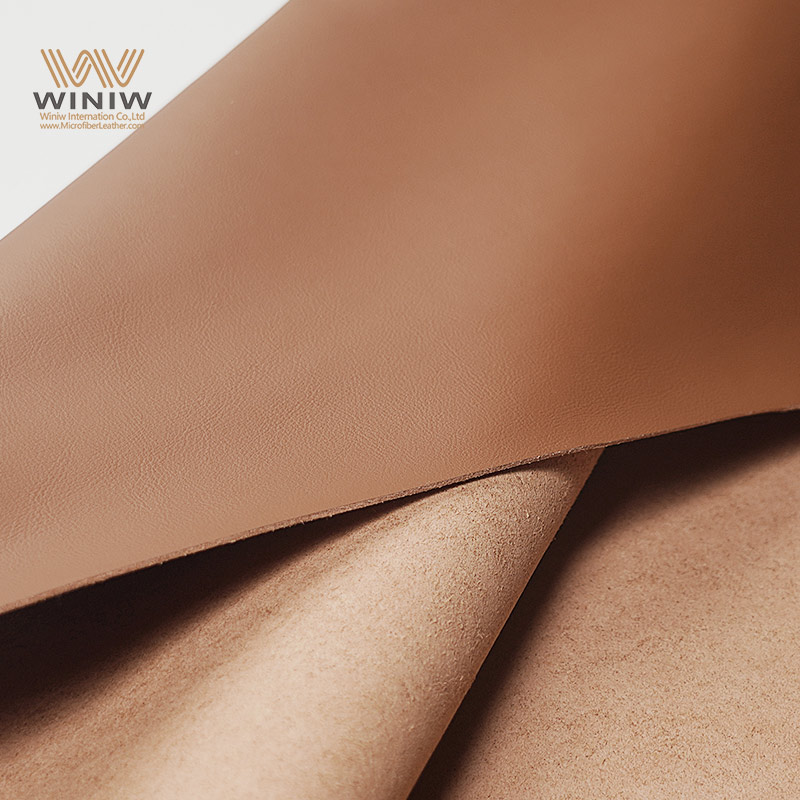
Io consiglio sempre scarpe in pelle PU Per gli amici che vogliono risparmiare. Il prezzo della pelle sintetica la rende una scelta intelligente per chi ha un budget limitato. Trovo che le scarpe in pelle sintetica spesso costino molto meno della vera pelle, ma siano comunque eleganti. Molti marchi offrono la pelle sintetica come alternativa ecologica ai materiali tradizionali. Ho visto scarpe in pelle sintetica in saldo sia nei negozi locali che online. La convenienza della pelle sintetica mi permette di acquistarne diverse paia per diverse occasioni senza spendere una fortuna.
Quando voglio rinnovare il mio guardaroba, scelgo scarpe in similpelle per il loro stile e la loro versatilità. Gli stilisti usano la similpelle per creare look alla moda che imitano la vera pelle. Ho notato che la similpelle è disponibile in molti colori e finiture, il che mi aiuta ad abbinare le mie scarpe a qualsiasi outfit. Per le uscite informali o gli eventi mondani, mi affido alle scarpe in similpelle per mantenere il mio look fresco. La finitura sintetica della similpelle resiste alle macchie e allo scolorimento, quindi le mie scarpe rimangono belle più a lungo. Apprezzo il fatto che la similpelle offra un'alternativa ecologica per gli amanti della moda che hanno a cuore l'ambiente.
Da persona che tiene molto al benessere degli animali, cerco scarpe che non utilizzino prodotti di origine animale. La pelle sintetica si distingue come alternativa ecologica per i vegani. Vedo sempre più marchi che etichettano le loro scarpe in pelle sintetica come vegan-friendly. Questa trasparenza mi rende più facile acquistare in base ai miei valori. Mi sento bene sapendo che le mie scarpe in pelle sintetica non contribuiscono al danno degli animali. L'aspetto ecologico della pelle sintetica soddisfa anche il mio desiderio di moda sostenibile.
Spesso scelgo scarpe in pelle PU Per le occasioni in cui non ho bisogno di calzature pesanti. Ad esempio, indosso scarpe in similpelle in ufficio o per brevi passeggiate. La leggerezza della similpelle rende queste scarpe comode per l'uso quotidiano. Trovo che la similpelle sia perfetta per gli eventi in cui voglio apparire elegante ma non ho bisogno della massima resistenza. Quando cerco un'alternativa ecologica per un uso leggero o occasionale, le scarpe in similpelle soddisfano perfettamente le mie esigenze.
Mancia: Se cerchi scarpe convenienti, eleganti ed ecologiche, la pelle PU è un'ottima scelta per molte situazioni quotidiane.
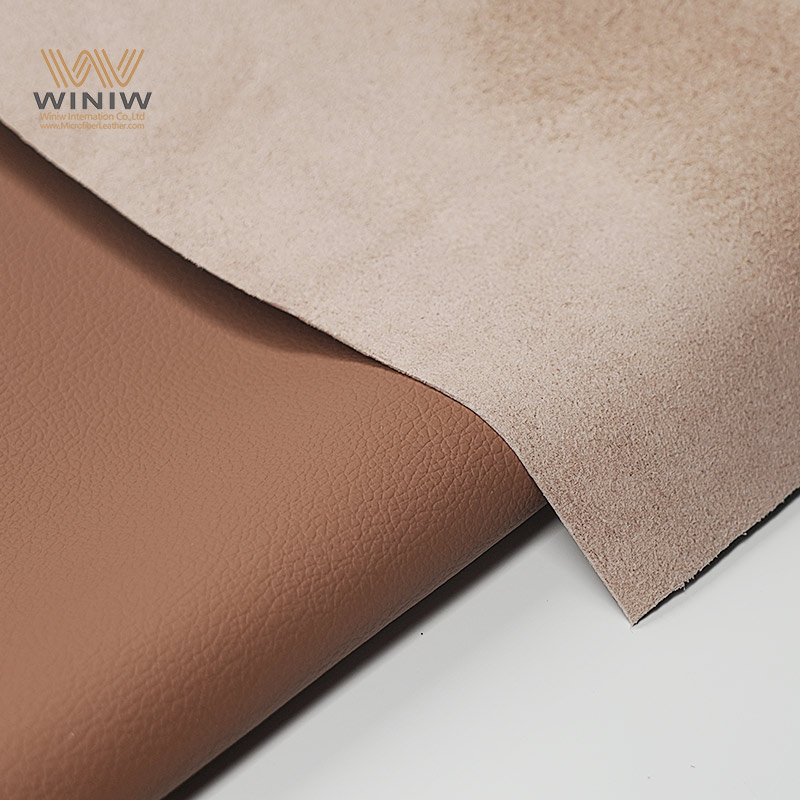
Ho indossato scarpe in pelle PU Durante le attività all'aperto. Il materiale spesso non riesce a resistere a terreni accidentati e alla costante esposizione all'umidità. Quando faccio escursioni o lavoro all'aperto, ho bisogno di scarpe che offrano flessibilità e resistenza. La pelle sintetica tende a screpolarsi o a sfaldarsi dopo il contatto ripetuto con rocce e fango. Ho notato che le suole perdono rapidamente aderenza, il che aumenta il rischio di scivolamento. Per le attività più impegnative, mi affido a calzature realizzate con materiali più robusti. Le scarpe in pelle sintetica non offrono la resistenza richiesta per gli ambienti più impegnativi.
La durata è ciò che conta di più quando scelgo le scarpe da indossare ogni giorno. Le scarpe in pelle sintetica sembrano attraenti a prima vista, ma mostrano segni di usura più velocemente di vera pelle. Noto pieghe e danni superficiali dopo solo pochi mesi di utilizzo regolare. Il rivestimento sintetico della pelle PU spesso si sfalda, soprattutto intorno alla punta e al tallone. Quando ho bisogno di scarpe che durino anni, evito la pelle PU. Il materiale non può eguagliare le prestazioni a lungo termine della pelle naturale o dei materiali sintetici avanzati. Consiglio la pelle PU solo per un uso occasionale, non per situazioni che richiedono un'elevata durata.
Le attività sportive richiedono scarpe con un supporto e una traspirabilità superiori. Ho provato a correre con scarpe da ginnastica in pelle PU. Dopo poco tempo, i miei piedi erano caldi e scomodi. La mancanza di ventilazione della pelle PU limita il flusso d'aria, il che porta a una sudorazione eccessiva. Ho anche notato che la rigidità del PU limita i miei movimenti. Per lo sport o gli esercizi ad alto impatto, preferisco scarpe con tomaia in mesh e suola ammortizzata. La pelle PU non offre la flessibilità o il comfort necessari per le prestazioni atletiche. Consiglio agli atleti di scegliere calzature progettate specificamente per il loro sport.
Sono attenta alle scelte ecologiche e alla sostenibilità. Le scarpe in pelle sintetica spesso contengono prodotti petrolchimici, che ne aumentano l'impatto ambientale. Quando confronto la pelle sintetica con le calzature sostenibili, noto differenze evidenti:
Aspetto | Scarpe in materiale PU | |
|---|---|---|
Fonte del materiale | Spesso derivato da prodotti petrolchimici | Formulazioni di origine biologica da risorse rinnovabili |
Impatto ambientale | Maggiore impronta di carbonio dovuta all'uso di prodotti petrolchimici | Ridurre l'impronta di carbonio, promuovere la sostenibilità |
Innovazioni | Nuove formulazioni PU riciclabili e di origine biologica | Focus sull'economia circolare e sulla riciclabilità |
Conformità normativa | La conformità incoraggia le innovazioni ecocompatibili | Forte enfasi sulle pratiche sostenibili |
Ho notato che le scarpe sostenibili utilizzano risorse rinnovabili e si concentrano sulla riciclabilità. Le scarpe in pelle PU sono in ritardo nelle pratiche ecocompatibili. Sebbene alcuni marchi sperimentino con il PU di origine biologica, la maggior parte si affida ancora alla produzione tradizionale. Scelgo calzature ecologiche quando voglio ridurre il mio impatto ambientale. La pelle PU non è in linea con i miei valori di sostenibilità.
Se hai bisogno di scarpe adatte a condizioni difficili, per praticare sport o vuoi sostenere iniziative ecosostenibili, la pelle PU potrebbe non essere la scelta migliore.
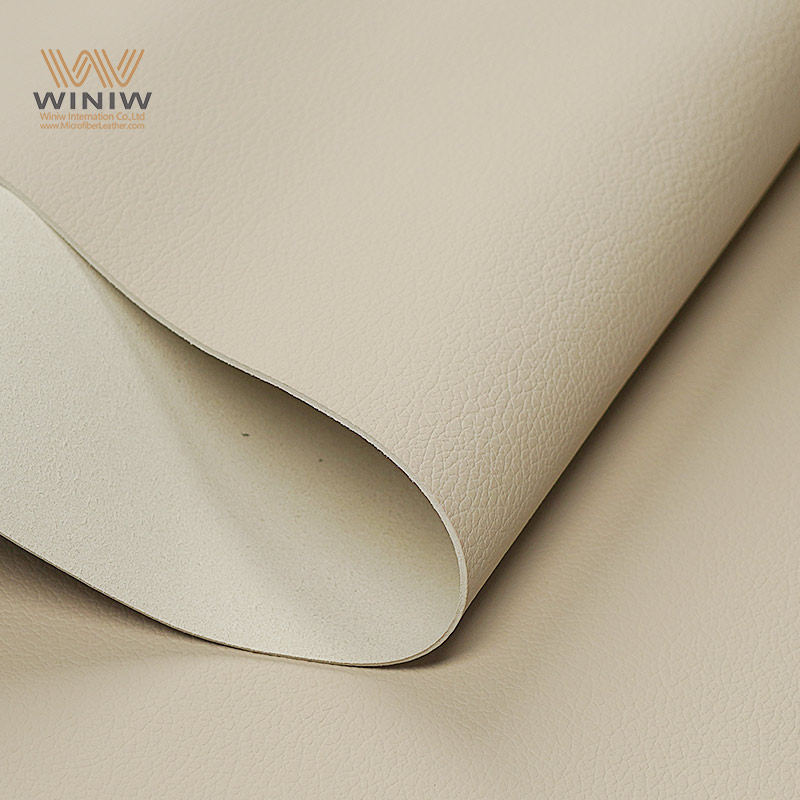
Quando valuto l'acquisto di scarpe in PU, inizio sempre elencando i principali vantaggi e svantaggi. Trovo che la pelle PU offra un look elegante, un prezzo accessibile e un appeal rispettoso degli animali. Queste scarpe sono spesso disponibili in molti colori e design, il che le rende le preferite dagli acquirenti attenti alla moda. Apprezzo anche il fatto che la pelle PU sia resistente all'acqua e all'olio, rendendo semplice la cura quotidiana. Tuttavia, noto che le scarpe in PU possono risultare rigide e potrebbero non essere traspiranti. Col tempo, la pelle PU tende a screpolarsi o a sfaldarsi, soprattutto con un uso intenso. impatto ambientale del pu Mi preoccupa anche il fatto che la maggior parte delle scarpe in materiale PU non si decompongono in modo naturale.
Ecco una tabella rapida che utilizzo per confrontare i punti principali:
Vantaggi delle scarpe in pelle PU | Contro delle scarpe in pelle PU |
|---|---|
Conveniente | Può sembrare rigido |
Elegante e versatile | Traspirabilità limitata |
Facile da pulire | Potrebbe screpolarsi o sfaldarsi nel tempo |
Amico degli animali | Non biodegradabile |
Resistente all'acqua e all'olio | Meno durevole per un uso intenso |
Mi ripeto sempre che nessun materiale per scarpe è perfetto. La scelta migliore dipende da ciò che più mi sta a cuore.
Adeguo la scelta delle scarpe al mio stile di vita e alle mie priorità. Se cerco calzature convenienti e alla moda per le uscite informali, scelgo scarpe in PU. Quando ho bisogno di scarpe per un abbigliamento leggero da ufficio o per eventi occasionali, la pelle PU è perfetta. Per chi ha a cuore il benessere degli animali, la pelle PU offre una solida opzione vegana. Tuttavia, se ho intenzione di fare escursioni, correre o lavorare all'aperto, evito le scarpe in PU. Cerco materiali più resistenti quando ho bisogno di prestazioni durature. Se la sostenibilità è la mia priorità, cerco marchi che utilizzano PU riciclato o di origine biologica.
Prima di acquistare mi pongo sempre queste domande:
Indosserò queste scarpe tutti i giorni o solo occasionalmente?
Ho bisogno del massimo comfort e della massima traspirabilità?
Quanto è importante per me il benessere degli animali o l'ecosostenibilità?
Sono disposto a barattare un po' di durevolezza per un prezzo più basso?
Rispondendo a queste domande, mi assicurerò che il mio prossimo paio di scarpe in PU soddisfi le mie esigenze e i miei valori.
Dopo aver valutato pro e contro, ho capito che le scarpe in similpelle offrono un valore reale per molte persone. Scelgo la similpelle quando cerco calzature convenienti, eleganti e rispettose degli animali. So che la similpelle non dura quanto altri materiali, ma soddisfa le mie esigenze per un uso casual e leggero. Prima di acquistare, verifico sempre se la similpelle si adatta al mio stile di vita. Vi incoraggio a riflettere sulle vostre priorità. Se cercate uno stile moderno e facile da pulire, la similpelle può essere la scelta giusta. Mi fido della mia esperienza con la similpelle per guidare le mie scelte. Potete sentirvi sicuri della vostra decisione quando capite cosa offre la similpelle.
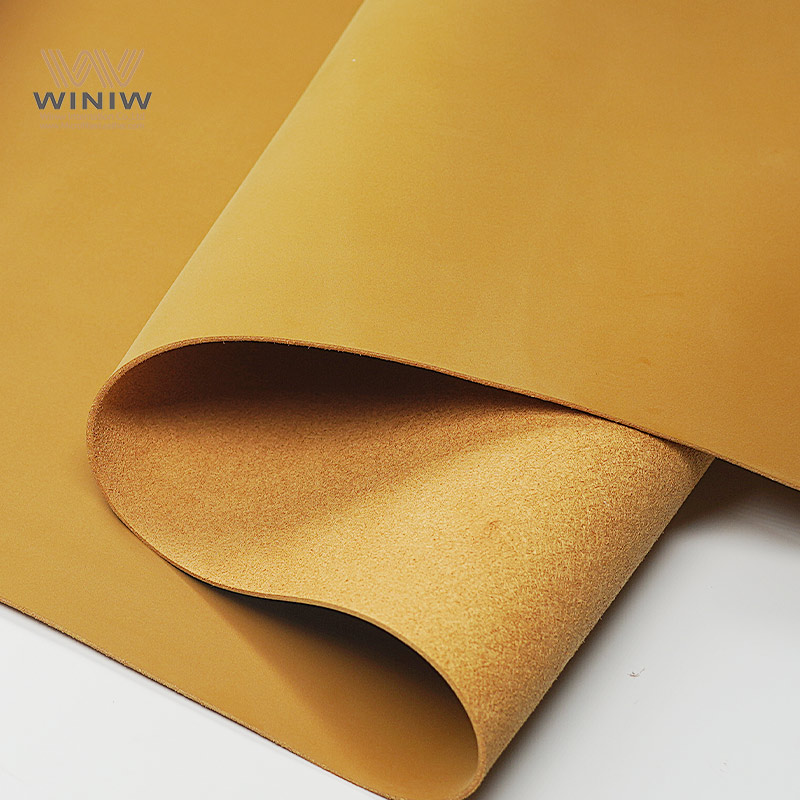
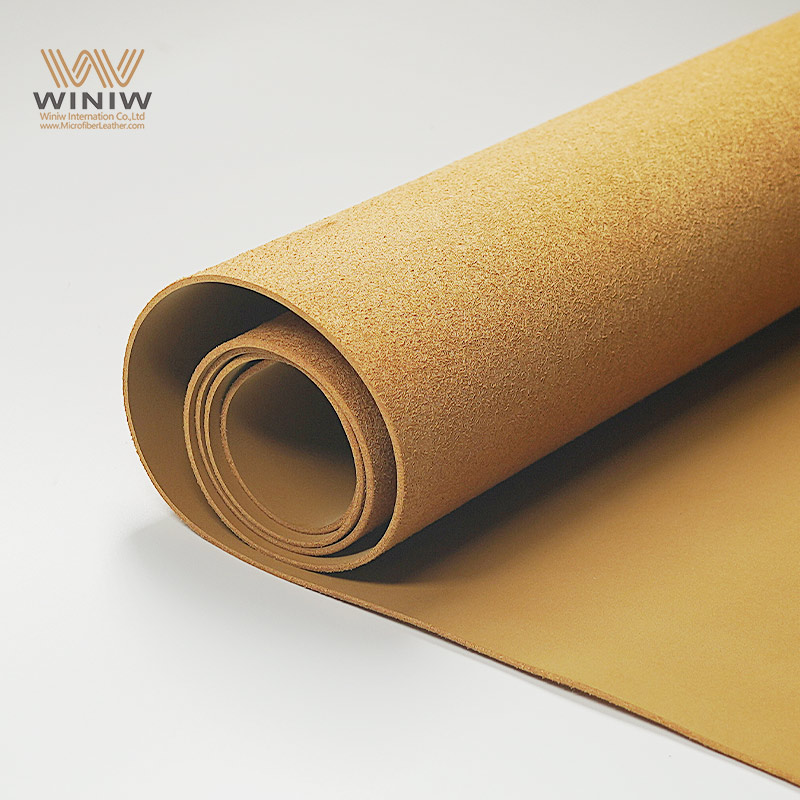
Vedo pelle PU Come materiale sintetico in poliuretano. Sembra vera pelle ma costa meno. La pelle sintetica non contiene pelli animali. Ho notato che la vera pelle è più morbida e dura più a lungo, mentre la pelle sintetica offre più scelta di colori e una pulizia più semplice.
Indosso scarpe in similpelle nei giorni di pioggia. La superficie è resistente all'acqua e all'olio. La similpelle mantiene i miei piedi asciutti durante i temporali leggeri. Pulisco facilmente le macchie. Evito le pozzanghere profonde perché la similpelle potrebbe non rimanere impermeabile sotto la pioggia battente.
Ho scoperto che le scarpe in similpelle durano circa uno o due anni con un uso regolare. Il materiale può screpolarsi o sfaldarsi nel tempo. Ho notato che la similpelle non sviluppa una patina come la vera pelle. Sostituisco le mie scarpe in similpelle quando mostrano segni di usura visibili.
Indosso scarpe in similpelle per le uscite brevi. Il materiale è leggero, ma noto una minore traspirabilità. La similpelle può risultare rigida dopo ore di utilizzo. Scelgo scarpe in similpelle per eventi casual, non per lunghe passeggiate o attività sportive.
Faccio ricerche sulla pelle sintetica prima di acquistarla. La maggior parte della pelle sintetica proviene da fonti petrolchimiche. Il processo di produzione utilizza energia e sostanze chimiche. La pelle sintetica non si degrada facilmente. Cerco marchi che utilizzano pelle sintetica riciclata o di origine biologica per ridurre l'impatto ambientale.
Suggerimento: controllo sempre le etichette dei prodotti per opzioni in pelle PU ecologica.
HOT TAG :
Look di lusso in finta pelle scamosciata per espositori per gioielli
Cos'è l'abbigliamento in poliuretano e perché sceglierlo
Business Phone : +8618150976625
E-mail : Hello@MicrofiberLeather.com
Mobile & WhatsApp : +8618150976625
Indirizzo : W6-302 Shimao Manhadun Shuanglong Road, Jinjiang Quanzhou Fujian China

© Diritto d'autore 2022 Winiw International Co., Ltd.Tutti i diritti riservati.
XML | politica sulla riservatezza |

